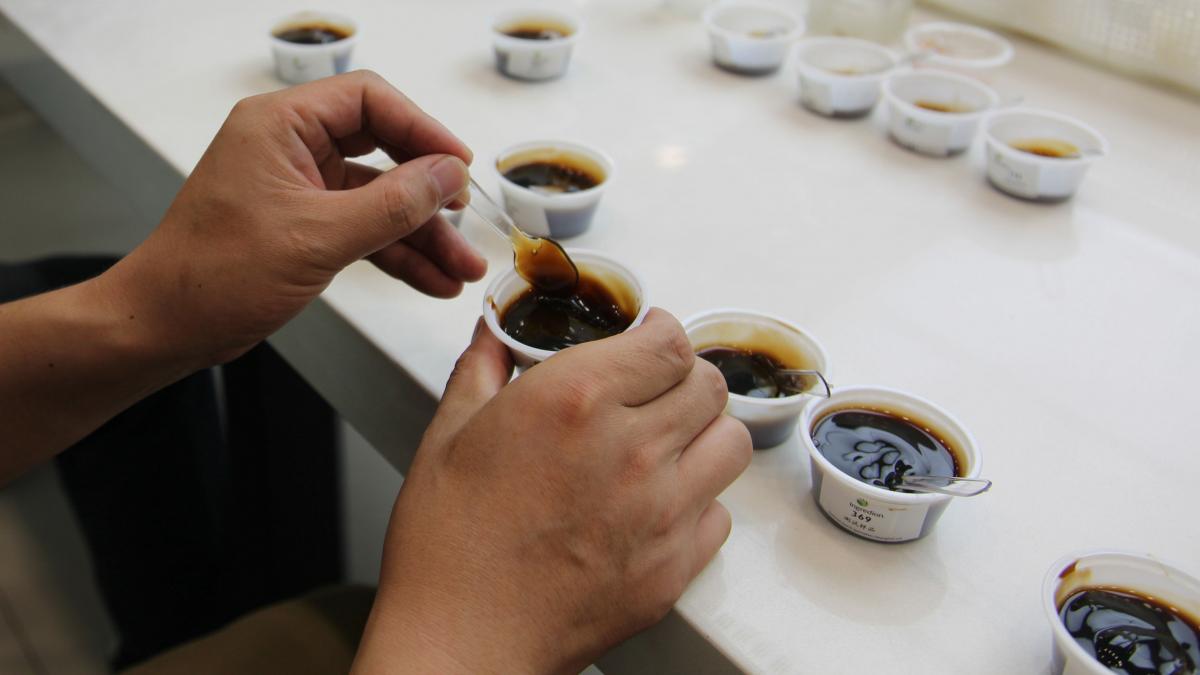GIVING a taste test to the same reduced-sugar beverage, one consumer may say it seems “sharp” while another may say it tastes “syrupy.” The same pair of consumers might also say the beverage feels “thin” or “light.” To the manufacturer launching a reduced-sugar product, such consumers insights could form a treasure trove of data. Question is, what do these words — coming straight from the consumers’ mouths — mean for a formulation?
This is exactly where Ingredion has come in.
For better partnership with manufacturers in the Asia-Pacific region, Ingredion has established innovation and sensory capabilities with expert sensory panels at its Idea Labs® innovation centres in Singapore and China. The expert sensory panels allow Ingredion to add a much-needed factor to its solutions — actionable and accurate sensory analysis.
“Our trained sensory panels are made up of individuals who are more sensitive to tastes than average. They then undergo thorough training by Ingredion on sensory attribute definitions and evaluation methods, all of which are anchored by fixed references to ensure they are able to provide objective sensory data. We leverage their expert analysis to precisely identify which aspects of a formulation contribute best to the final targeted result, and together with our consumer study results, key drivers of consumers’ sensory preferences are identified in an objective way,” explains Chloe Gao, Sensory Manager at Ingredion Singapore.
In other words, manufacturers can now know exactly what consumers want, and what to do about it.
Connecting the dots to hit the sweet spot
An Ingredion team recently performed a study on sugar reduction solutions for a beverage. The discovery journey began with extensive consumer engagement to build a knowledge base of consumer insights and preferences. The team, together with Ingredion’s expert sensory panels, then worked off these findings to develop different formulation methodologies, descriptive analyses and time intensity research to assess the functionalities of different sweetener solutions. These led to more certainty on what would work best as a healthier alternative to sugar that would also build back taste and texture.
An Ingredion team recently performed a study on sugar reduction solutions for a beverage. They first spoke with consumers to build an extensive knowledge base of consumer insights and preferences. Combined with the input from the expert sensory panel to access and define sensory targets, different methodologies that included descriptive analyses and time intensity were applied to assess the functionalities of different sweetener solutions. This resulted in greater certainty on what would work best as a healthier alternative to sugar while also building back taste and texture.

Proprietary sensory languages translate what consumers say into objective formulation targets. (Photo: Ingredion)
Proprietary sensory languages dial in to what consumers want
One of the main factors behind Ingredion’s sensory evaluation track record is that nothing is left open to interpretation. The ingredient solutions company has developed proprietary sensory languages to translate what consumers say into objective formulation targets.
The TEXICON™ texture language turns subjective consumer terms such as “creamy” and “luscious” into objective terms that can be rated for intensity, such as “thickness,” “heaviness,” “slipperiness” and “meltaway,” amongst others. Similarly, Ingredion’s SWEETABULARY™ sweetness language connects the consumer experience of sweetness with taste and aromatic attributes.
These sensory languages — along with a thorough understanding of the customer’s business priorities, technical goals and formulation and marketing requirements — form Ingredion’s proprietary DIAL-IN® Technology process. It’s how Ingredion accurately draws on its formulation science expertise and broad portfolio of ingredients to shape every dimension of the sensory experience and create consumer-winning solutions. Often, with minimal – if any – additional outlay required for production, which minimises cost concerns and speeds up the development process.
Rigorous expertise determines exactly what’s needed
On top of accurate profiling of sensory attributes, the trained panels even evaluate how the sensory perception in foods and beverages changes during the eating experience. For example, using Temporal Perception — time intensity and temporal dominance of sensation. This enables them to help manufactures create complex sensory perceptions in a product over time, such as “lingering,” “refreshing” and “smooth finishing.” The panels also conduct their evaluations in temperature-, humidity- and pressure-controlled booths, complete with coloured lights to disguise colour variations that could bias flavour perceptions.
Create a breakthrough, become a favourite
Accurate and actionable sensory evaluation is one of the best ways for manufacturers to answer consumer trends in an increasingly competitive market. Ingredion aims to help manufacturers confidently create new formulation breakthroughs that are highly likely to become new consumer favourites.
Nike Shoes
 iConnectHub
iConnectHub
 Login/Register
Login/Register Supplier Login
Supplier Login


























